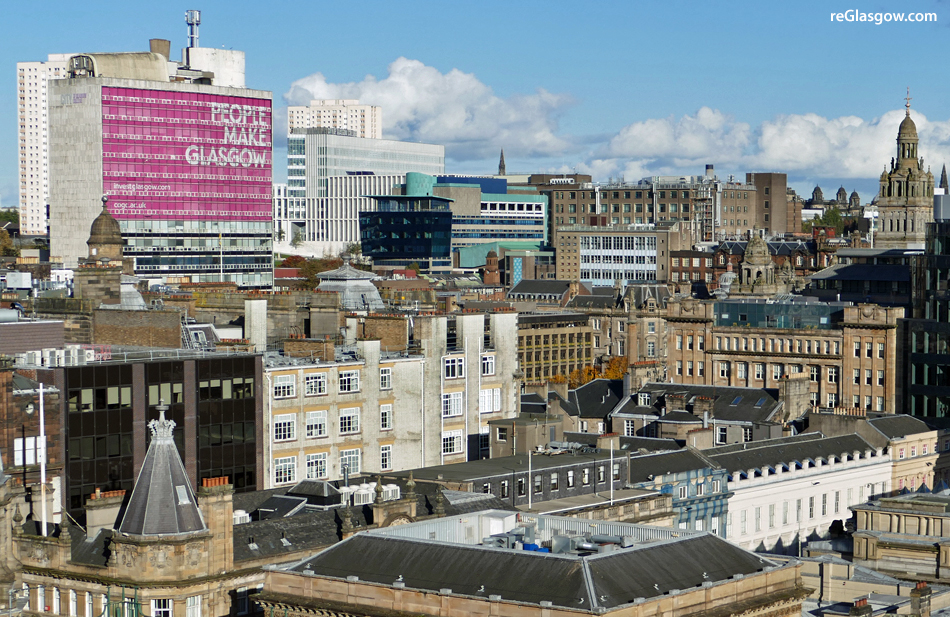
GLASGOW councillors have approved the City Centre Living Strategy which aims to double the area’s population to 40,000 over the next 15 years.
The document, which will inform planning guidance for future city centre development, has been adopted following 10 weeks of public consultation. The strategy will be delivered through an action plan containing 20 actions aimed at:
— Doubling the residential population in the city centre by 2035
— Re-purposing redundant commercial space, including vacant upper floors
— Delivering high-quality public spaces that are responsive to climate emergency
— Attracting investment
Glasgow City Centre has not traditionally been a centre for residential growth. About 20,000 people live in the area -– a low figure in the context of the wider city population and similar cities.
Population density is now considered crucial to the success and sustainability of city centres. These areas have traditionally been home to a thriving retail sector, and while Glasgow remains the biggest shopping destination in the UK outside of London’s West End, the rise of online shopping and shifting investor demand means that new uses have to be found for redundant floorspace; residential development offers a good opportunity to re-purpose this space.
The consultation findings showed strong support for the six objectives of the City Centre Living Strategy, with a clear majority supporting the idea that a more liveable city centre would attract more residents and investment.
Findings include:
— Nearly three-quarter (73 per cent) of the respondents strongly agreed or agreed with the actions proposed to double the city centre population by 2035; with key issues raised including a people-first approach to traffic management, the design of public realm (including more green space) and sustainability — in terms of encouraging conversions and preservation of heritage rather than new builds –- and a holistic approach to transport.
— Around 91 per cent of respondents strongly agreed or agreed with the actions associated with finding productive outcomes for vacant commercial space, with particular focus on upper floors; with other issues including calls to support small businesses in accessing vacant properties, and incentives for the conversion of upper floor spaces into residential units.
— Nearly all (98 per cent) of respondents strongly agreed or agreed with the actions associated with a quality city centre environment that is cleaner, greener, safer, more sustainable, better connected and easier to walk; and there was support for sustainable transport options and the conservation of historic buildings and environment to enhance the city centre’s liveability.
— Around three-quarters of respondents strongly agreed or agreed with the actions associated with delivering quality in design; with respondents keen to see more green space as a part of a variety of climate mitigation solutions across the city centre, and that new buildings should be well-designed, responding to local context, heritage, and climate.
— Seventy-six per cent of respondents strongly agreed or tended to agree with the actions associated with offering a responsive, innovative approach to investment opportunities; with a welcome for an increased residential population in the city centre, which would support local businesses in an increasingly mixed-use environment.
— Around three-quarters of respondents strongly agreed or tended to agree with the actions associated with enabling resilient, empowered and socially cohesive neighbourhoods; with calls to ensure all the shops, services and social infrastructure required for a self-sufficient community. Some concerns were raised about the amount and quality of student accommodation and public safety.
Councillor Susan Aitken, Leader of Glasgow City Council, said: “Glasgow has a famously vibrant city centre, offering so much to so many people. This strategy will build on its strengths to create a place where more people want to live and visit and businesses want to locate and invest, not just as we recover from the Covid crisis but also for decades to come.
“The ultimate goal is the development of a more liveable city centre, capable of attracting a bigger, sustainable residential population to the very heart of Glasgow.”


